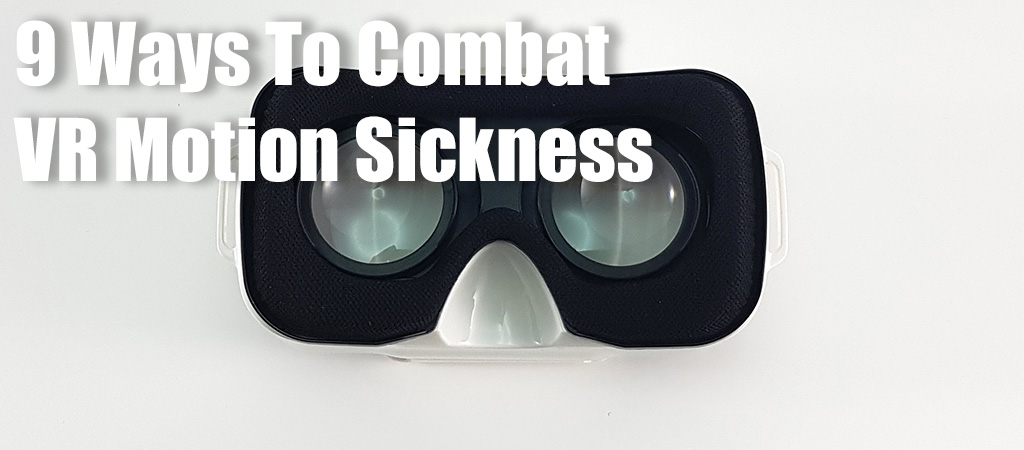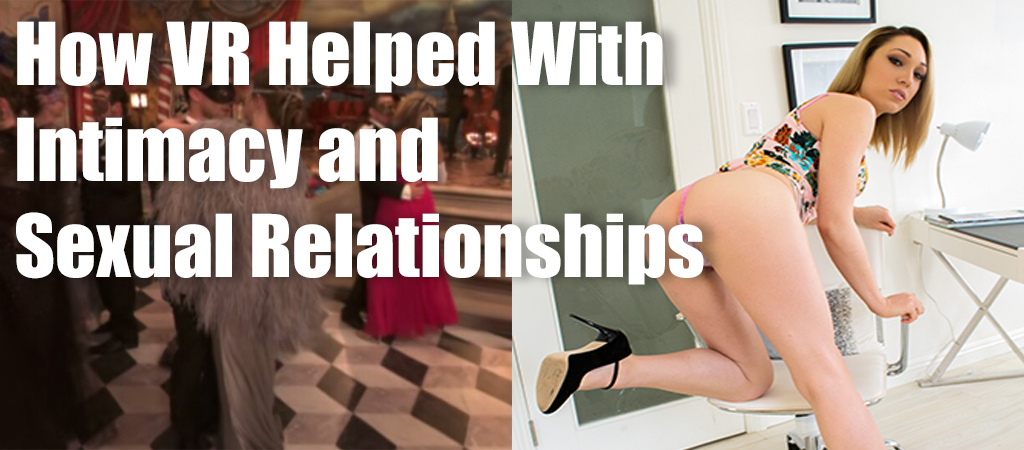9 Ways To Combat VR Motion Sickness
Strap on those VR goggles and sit back, you might be in for quite a surprise, because along with those amazing visuals some people are reporting a feeling similar to motion sickness. Also referred to as simulator sickness, it’s an induced form of motion sickness.
In fact, simulator sickness is actually the opposite of motions sickness where your body is moving but your eyes are sending signals to your brain that you’re actually still. With simulator sickness your body is still but your eyes are sending completely different signals to the brain as the VR experience takes over your entire field of view.
Just like being on a boat where the waves make you want to heave, it’s possible with VR that you can find your sea legs and overcomes the nauseous feeling that can make you feel like you’ve just wasted a couple hundred of bucks on a useless headset. A number of factors can contribute to this sensation and of course there are a number of things you can do to counter the motion sickness effect.
- Restart When There Are Performance Issues
If your game or video is dropping frames or glitching then it’s time to stop and restart. The framerate has been tied to VR simulator sickness, so dropping out and restarting may be your own option for avoiding the spins. If you’re up for a costlier alternative then upgrading your computer may be your only alternative. - Sit Down
As simple as it may sound, simply sitting down in for your VR experience can impart a sense of stability that may help. Some VR systems like the PlayStation VR are made to be used sitting down. - Lock Your Eyes On One Point When Turning
Like a ballet dancer doing pirouettes, you’ll be less prone to motion sickness during rapid turns if you pick a spot and in the game and stay focused on it. - Close Your Eyes When The Camera Is Moving On Its Own
A tip to combat the tie between body and brain, this effectively stops some of the confusion and misdirected signals as your brain is told you’re moving by your eyes. - When Available Use Q/E
With VR headsets like the Oculus Rift you’ll be able to turn your character by pressing Q or E, reorienting them into a more natural space for your view. - Adjust Your Controls
When possible play with the brightness, turning it down lower, and ensure that yoru device is properly calibrated and in focus. - Avoid Unnecessary Movements
It’s tempting to look all around and explore your VR world, but sometimes reducing your head movement may be the key to avoiding motion sickness for some. In general it seems sharp left and right movements are the worst, with rotational movement not giving any issues. For fast paced games like certain FPS shooters you may want to avoid strafing or too much backwards movement. - Move Slowly!
It’s tempting in VR to widen the FOV as large as possible, but this may create problems. Lowering your FOV will allow you to move your character or traverse your VR world at a slower pace, reducing motion sickness considerably. - Try A Natural Supplement
If you’re determined to enjoy your VR headset despite the onset of simulator or motion sickness, then you can always turn to home remedies to combat that “out at sea” sensation. Solutions can be as simple as chewing gum while playing or drinking some ginger ale. Many users report that having a fan blowing in their face helps significantly, while others swear by a bit of peppermint scent.
Take these VR tips for combating motion sickness and dominate some virtual worlds!



